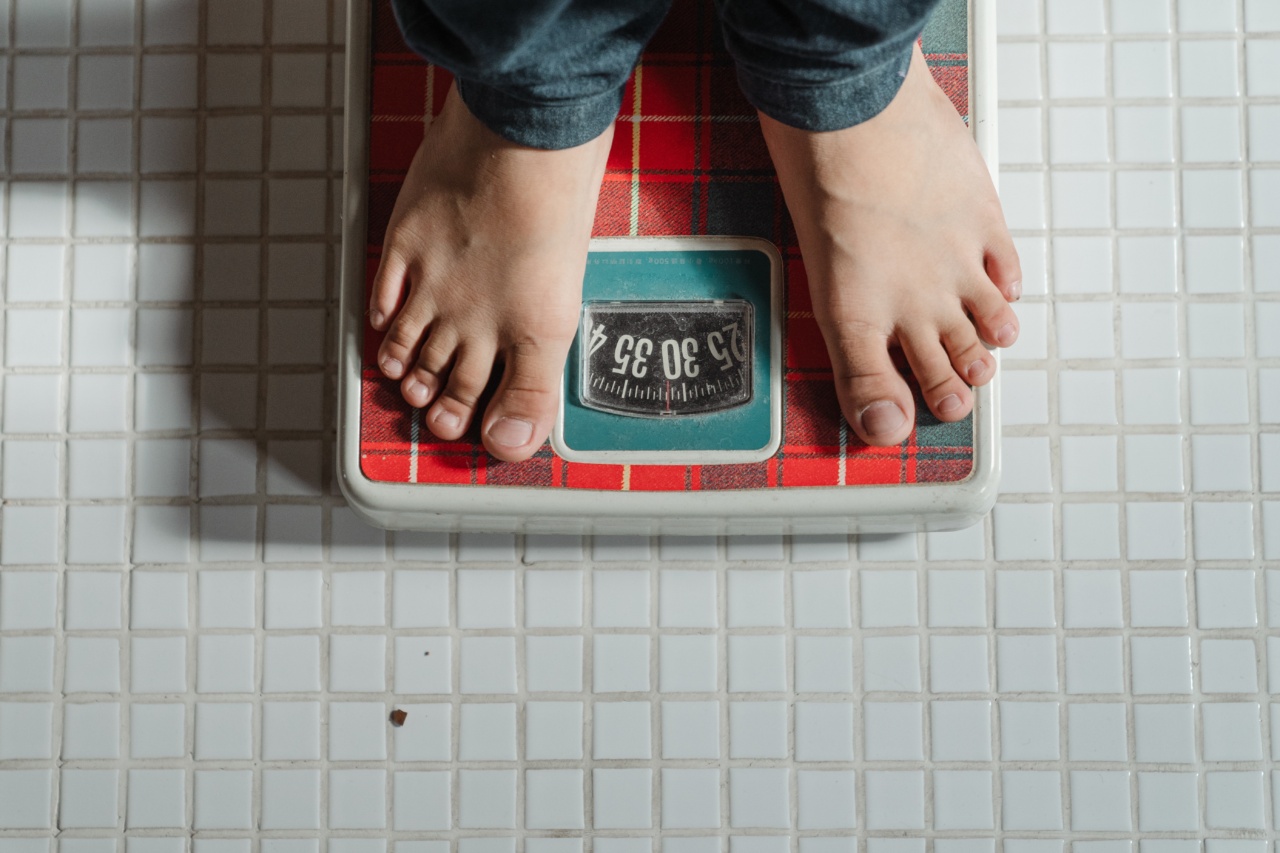Parents often wonder if their child’s behaviors are normal or if they should be concerned about possible hyperactivity.
It can be a difficult question to answer, but there are some signs to look for that can help parents determine if their child is hyperactive or if their behavior is within the range of normal.
What is hyperactivity?
Hyperactivity, or Attention Deficit Hyperactivity Disorder (ADHD), is a condition that affects many children. Children with ADHD have trouble paying attention and may be easily distracted.
They may also be very active and have trouble sitting still or waiting their turn.
Children with ADHD can struggle academically and may have trouble making friends because of their behavior. They may also have difficulty with social cues and communication, which can lead to misunderstandings and conflict.
Signs of possible hyperactivity in children
While it is normal for children to be active and sometimes impulsive, there are some signs to look for that may indicate hyperactivity.
Excessive fidgeting
If your child is constantly moving, squirming, or tapping their feet, it may be a sign of hyperactivity. While fidgeting can be a normal behavior, an excess of this activity could indicate something more.
Difficulty sitting still
Children with hyperactivity often have difficulty sitting still, especially for long periods of time. They may get up frequently or move around in their seat.
Impulsive behavior
A child with hyperactivity may act impulsively without thinking. They may jump into situations without considering the consequences or they may struggle to stay on task, even if it is something important.
Inattention
Inattention can be another sign of hyperactivity. Children with ADHD may become easily distracted or have trouble focusing on tasks for long periods of time. They may also struggle with organization and following through on tasks.
When should parents be concerned?
It is important to remember that many children are naturally very active and may have trouble sitting still for long periods of time. While hyperactivity can be a concern, it is not always a problem.
However, if a child’s behavior starts to interfere with their daily life or the lives of those around them, it may be time to seek help.
If you are concerned about your child’s behavior, talk to their doctor or a mental health professional. They can help determine if your child has ADHD or if there may be other underlying issues contributing to their behavior.
What can parents do to help?
Parents can take several steps to help their child manage their hyperactivity and develop positive behaviors. These steps include:.
Establishing a routine
Children with hyperactivity may do better with structure and routine. Establishing a consistent routine can help them understand what is expected of them and can provide a sense of stability.
Limiting distractions
Minimizing distractions in the environment can help children with ADHD focus better. Turning off the TV or limiting access to electronic devices can help children focus on the task at hand.
Encouraging healthy habits
Healthy habits such as exercise and a balanced diet can help children with ADHD manage their symptoms.
Engaging in physical activity can help them burn off excess energy, and a healthy diet can provide the nutrients they need for optimal brain function.
Conclusion
If you are concerned about your child’s behavior, it is important to talk to their doctor or a mental health professional. While it is normal for children to be active and sometimes impulsive, excessive hyperactivity can be a concern.
With the right support and treatment, children with ADHD can learn to manage their symptoms and develop positive behaviors.






























